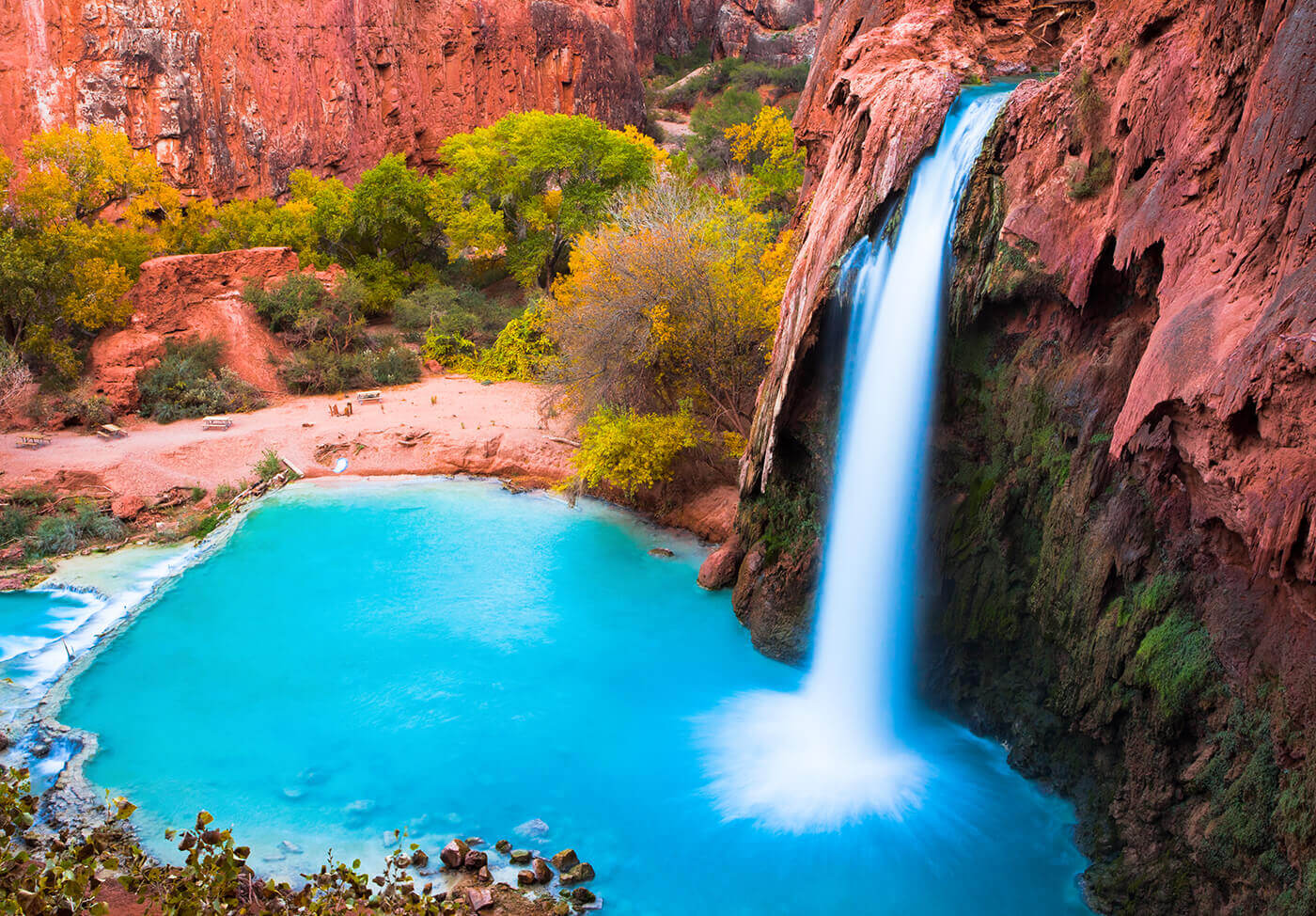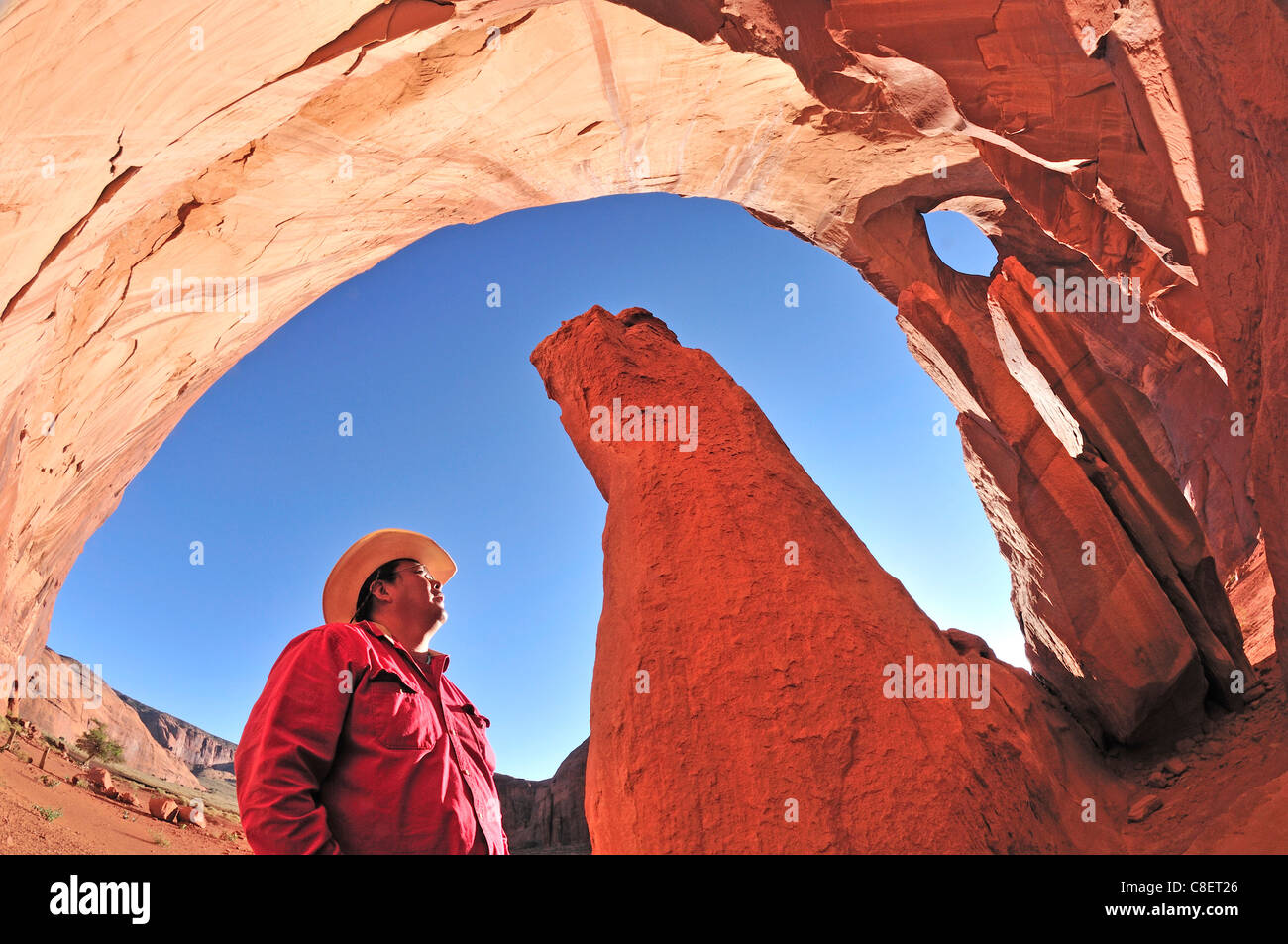Arizona’s Hidden Worlds: Exploring the Vibrant Tapestry of Indian Reservations
Arizona’s Hidden Worlds: Exploring the Vibrant Tapestry of Indian Reservations

Arizona, a state known for its stunning desert landscapes and booming cities, holds another layer of beauty and history within its borders: the vibrant tapestry of its Indian reservations. These lands, home to 22 federally recognized tribes, represent a rich cultural heritage, a resilient spirit, and a unique blend of tradition and modernity. Stepping onto an Arizona reservation is like stepping into another world, a world where ancient traditions are honored, stunning landscapes are revered, and the spirit of self-determination thrives.
Beyond the Stereotypes: A Look at Modern Reservation Life
Related Articles: Arizona’s Hidden Worlds: Exploring the Vibrant Tapestry of Indian Reservations
- Discover the Enchanting Waterfalls of Arizona's Indian Reservations
- Unveiling the Heritage and Resilience of Native American Tribes in 1800s Virginia
- Unveiling the Cheyenne Indian Reservation: A Journey of Discovery
- Where In The US Can You Find Native American Reservations?
- Unveiling The Tapestry: A Guide To Mapping America’s Tribal Lands
It’s easy to fall into the trap of viewing reservations through a romanticized lens, imagining a world untouched by modern life. But the reality is far more complex and fascinating. While many reservations maintain strong ties to their ancestral traditions, they’re also actively engaging with the modern world, embracing economic development, technological advancements, and social progress.
From bustling casinos and thriving businesses to innovative educational programs and community initiatives, Arizona’s reservations are proving that self-determination can lead to a brighter future. They’re not just places of historical significance; they’re dynamic communities shaping their own destiny.
A Journey Through Arizona’s Diverse Reservations
Each of Arizona’s 22 reservations boasts its own unique story, traditions, and landscape. From the majestic mountains of the Navajo Nation to the lush river valleys of the Tohono O’odham Nation, the diversity of these lands is as captivating as it is humbling.
The Navajo Nation: A Land of Ancient Wisdom
The largest reservation in the United States, the Navajo Nation sprawls across a vast expanse of Arizona, New Mexico, and Utah. Here, the rugged beauty of the Colorado Plateau is interwoven with the rich tapestry of Navajo culture. The Navajo people, known for their exquisite weaving, silversmithing, and storytelling, have preserved their traditions for generations, making the Navajo Nation a vibrant center of Native American art and culture.
The Hopi Nation: Guardians of the Mesa
Nestled within the Navajo Nation, the Hopi Nation is a testament to the enduring spirit of the Hopi people. Their ancestral villages, perched atop the high mesas, are living museums of their unique culture, where the kachina dances, the intricate pottery, and the traditional farming practices continue to thrive. Visiting the Hopi Nation is a journey back in time, a glimpse into a world where tradition and spirituality are deeply intertwined.

The Tohono O’odham Nation: A Tapestry of Desert Life
Stretching across the Sonoran Desert, the Tohono O’odham Nation is a testament to the resilience of the O’odham people. Their land, a harsh but beautiful landscape, has shaped their culture and traditions. From the iconic saguaro cactus to the flowing Gila River, the Tohono O’odham Nation is a place where the desert’s secrets are whispered on the wind.
The Yavapai-Apache Nation: A Legacy of Resilience
The Yavapai-Apache Nation, a vibrant community with a rich history, is a testament to the strength and resilience of its people. Their land, encompassing the rugged beauty of the Verde Valley, is a place where the spirit of the Yavapai and Apache cultures intertwines. From the breathtaking views of Montezuma Castle to the vibrant art scene in Prescott, the Yavapai-Apache Nation offers a unique blend of cultural heritage and modern life.
The Gila River Indian Community: A Oasis of Progress

The Gila River Indian Community, situated near Phoenix, is a shining example of how a reservation can thrive in a modern world. This community, home to the Pima and Maricopa tribes, has embraced economic development, with thriving businesses, casinos, and educational institutions. They’ve also fostered a strong sense of community, with vibrant cultural events and a commitment to preserving their heritage.
Beyond the Land: The Spirit of Self-Determination
Beyond the breathtaking landscapes and rich cultural heritage, Arizona’s reservations are a testament to the spirit of self-determination. These communities are actively shaping their own future, embracing progress while honoring their traditions. They’re building thriving economies, fostering vibrant cultural expressions, and striving for a better future for their people.
The Importance of Understanding and Respect
As visitors to these lands, it’s crucial to approach them with an understanding of their unique history, culture, and traditions. Respect is paramount, and it’s essential to remember that these are sovereign nations with their own laws and customs.

A Call to Action: Supporting Arizona’s Reservations
Supporting Arizona’s reservations goes beyond simply visiting them. It’s about recognizing their contributions to the state’s cultural and economic landscape, advocating for their rights, and supporting their efforts to achieve self-sufficiency.
Here are a few ways you can support Arizona’s reservations:
- Visit and experience their rich culture: Explore their museums, attend cultural events, and purchase authentic crafts from local artisans.
- Support their businesses: Shop at their stores, dine at their restaurants, and consider staying at their hotels.
- Advocate for their rights: Educate yourself about the challenges they face and speak out against injustices.
- Donate to organizations that support their well-being: Contribute to organizations that provide education, healthcare, and economic opportunities.
By understanding, respecting, and supporting Arizona’s reservations, we can all contribute to a future where these vibrant communities continue to thrive and their voices are heard.
FAQ: What are Indian Reservations in Arizona?
Q: What are Indian reservations?
A: Indian reservations are lands set aside by the federal government for the use and benefit of Native American tribes. They are sovereign nations with their own governments, laws, and customs.
Q: How many Indian reservations are in Arizona?
A: Arizona is home to 22 federally recognized tribes, each with its own reservation.
Q: What are some of the most well-known reservations in Arizona?
A: Some of the most well-known reservations in Arizona include the Navajo Nation, the Hopi Nation, the Tohono O’odham Nation, the Yavapai-Apache Nation, and the Gila River Indian Community.
Q: Can I visit Indian reservations in Arizona?
A: Yes, many reservations welcome visitors. However, it’s important to be respectful of their customs and traditions.
Q: What are some things I can do on an Arizona reservation?
A: You can visit museums, attend cultural events, purchase authentic crafts, explore natural beauty, and experience the vibrant culture of the tribes.
Q: How can I support Arizona’s reservations?
A: You can support their businesses, advocate for their rights, and donate to organizations that support their well-being.
Remember, Arizona’s reservations are not just places to visit; they’re living communities with rich histories, vibrant cultures, and a strong spirit of self-determination. By understanding, respecting, and supporting these communities, we can all contribute to a brighter future for them and for all of Arizona.

Closure
Thus, we hope this article has provided valuable insights into Arizona’s Hidden Worlds: Exploring the Vibrant Tapestry of Indian Reservations. We hope you find this article informative and beneficial. See you in our next article!


